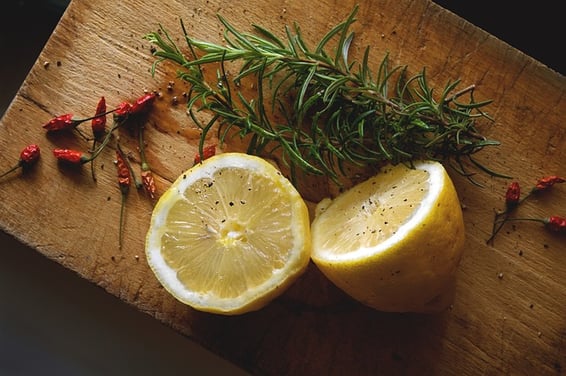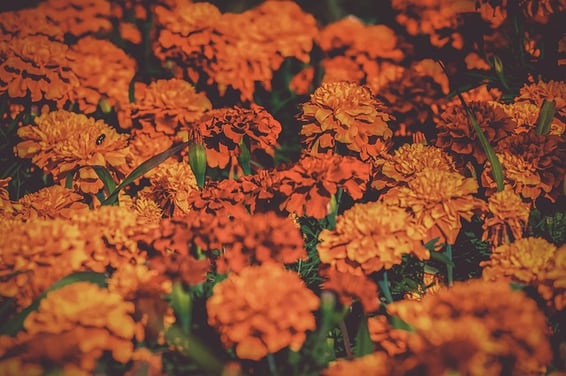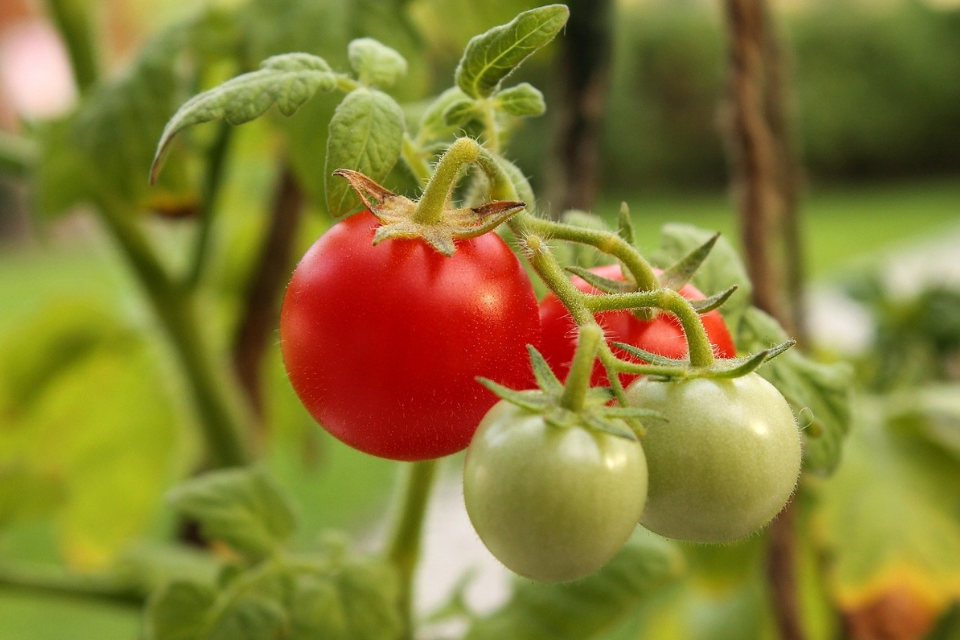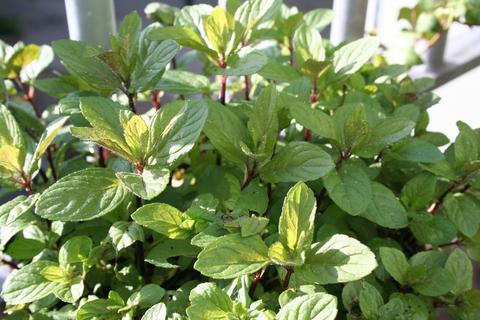This guide to selecting edible plants will help you choose a variety of low-maintenance, cost-effective edible greenery that will flourish in your outdoor green wall.
If you have a courtyard or outdoor space in your restaurant, school, office or assisted living facility that has the right amount of light (at least six hours a day) to grow some edible plants, you’ll love how space effective a vertical garden can be and how much you can pack into any awkward nook and crannies outside.
When picking your selection of herbs, you should choose a wide variety of colors and fragrances to stimulate the senses, and if you are looking for quick results, choose herbs that grow fast. If you are in a school or assisted living facility this gives the instant satisfaction of witnessing the results of their hard work within a couple of weeks of planting their seedlings.
The following six herbs are great for beginners and experts alike. Not only will these herbs smell and look beautiful, but they can be used when preparing meals.
1. Mint

Mint is the star of almost every first-time herb garden. It’s not only one of the easiest plants to grow and propagate, but mint is unbeatably versatile. It’s a perennial, which means a single plant can live for several years before needing to be replaced and you can use clippings from an existing plant to propagate new seedlings, making mint a very cost-effective choice of herb. Here's a great DIY Lavender Mint Tea Straight From Your Garden article from Jen Miller, you might just find this very useful.
While not necessarily the most aesthetically striking plant, mint is useful both in the kitchen (in cooking, baking and drinks) and medicinally (treating ailments like indigestion).
2. Rosemary

Rosemary is a hardy crop and does well in both outdoor and indoor green walls. It’s not only used in cooking, but is also well known for its medicinal properties. This unexpected relative of the mint family has leaves which look similar to lavender (the two are often confused) but are dotted with small, signature blue flowers - adding a splash of color to your green wall. Rosemary is known to repel pests, keeping your crops safe from hungry insects!
3. Lavender

Lavender has a strong, distinctive fragrance and beautiful pinky-purple blossoms. It’s most well known for its fragrance and medicinal properties, but can be used in the kitchen (you’ll find a delicious lavender syrup recipe in our blog, Why a green wall is the ultimate gift for foodies). Like rosemary, lavender repels unwanted guests in the garden and can also be dried and placed in cupboards as a natural (better smelling) alternative to mothballs.
4. Thyme

Thyme is another hardy perennial which can be used extensively in the kitchen (just make sure you buy the culinary variety as there’s also a decorative species). Thyme requires very little maintenance and can be dried and preserved very easily (so a large harvest won’t go to waste).
5. Marigolds

Marigolds are one of the brightest, happiest plants you could choose to add to your green wall. While they are edible (and a surprisingly good source of vitamin A), marigolds are more commonly planted for their pretty yellow, red and orange flowers.
Marigolds are very easy (and fun) to propagate, as their flowers produce hundreds of seeds which can easily be sprouted into a new generation of seedlings. If their good looks and nutritional benefits haven’t already convinced you, mosquitos also hate marigolds - so you can use them to keep the blood-suckers at bay!
6. Nasturtiums

Nasturtiums have a strong, peppery scent and flavor. Their flowers blossom in a variety of bright, warm hues and they have pretty, round, lily pad-shaped leaves which collect water droplets - making them great fun to look at. They are edible, but would probably fall under the category of an acquired taste, as their name directly translates from Latin to “nose twist”.
Thinking of installing your first green wall? Download our eBook, Vertical farming 101, to find out everything you need to know about green wall systems, lighting and irrigation, plant selections and plant nutrients, to ensure you enjoy a healthy, lush green wall right from the start.




